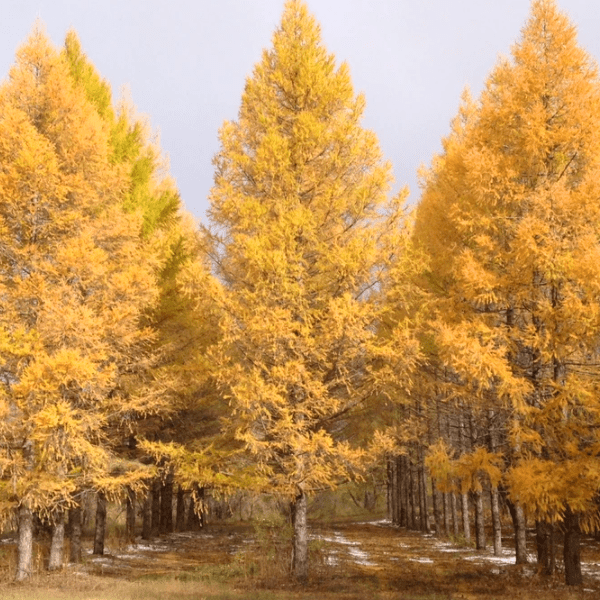No products in the basket.
Everything you should know about sustainable wood
Once upon a time, you just went out and bought wood, wherever it came from and however it was harvested. Today, the preservation of the planet’s trees, forests and forests is a sine qua non for the future survival of humanity and something we absolutely must get to grips with. As a result, buying wood has become quite a complex affair.

All about sustainable wood
If you don’t want to support illegal logging or encourage deforestation, you need to know how to buy sustainable wood. We thought it would be useful to look into the topic to avoid buying the “wrong” stuff.
What is sustainable wood?
Sustainable wood comes from sustainably managed forests. It is renewable as forest managers manage the landscape in a way that avoids damage to ecosystems, watersheds, wildlife and trees themselves, and takes a long-term rather than short-term view of the resource.
Sustainability in this context means that the forest should still be there for your grandchildren and great-grandchildren and should be able to absorb carbon emissions and keep our air clean for generations to come, as well as being a haven for wildlife.
Wood from unsustainable sources, on the other hand, is cut down without a second thought, leaving bare areas that, unless carefully treated, will never really return to their former glory. The implications are clear – illegal logging leads to wholesale destruction.
Why bother to buy sustainable wood?
The deforestation of the Brazilian Amazon does not seem to be very relevant. It happens thousands of miles from home, exotic and remote. You may not realize the damage that buying new mahogany flooring or teak patio furniture can do. However, the purchase of unsustainable timber has profound impacts on the areas where it is harvested, including human rights violations, hunting of endangered species, threats to the lifestyle and even the lives of indigenous tribes, and the homelessness of countless rare and endangered creatures.
Only 8% of the world’s forests are adequately protected from destruction. The timber industry is insatiable, as is our demand for timber. And most of the time, despite the best efforts of conservationists, governments and lawmakers, it is not harvested sustainably. Unfortunately money often speaks louder than common sense and today it is often more important than the future. In Malaysia, for example, timber production requires more trees than there are. Trees are gone in some areas and timber is smuggled in from Indonesia to meet demand.
Which woods are the most sustainable?
Wood is usually classified as either hardwood from broadleaf trees such as beech and oak, or softwood from coniferous trees such as pine and fir. Simply because they are interchangeable, fast-growing species like pines are typically more sustainable than slow-growing trees like oaks. Oak forests need to be carefully managed so that they can be cultivated, cultivated and harvested in the right way in a sustainable manner. However, this is possible.
The EU has put in place legal measures to protect its forests and forests and nowadays more trees are planted than felled. It’s good news for the future, as EU forests are actually growing instead of shrinking. Because the law sets a minimum requirement for replacing harvested trees, as well as limiting annual harvests, buying European timber is usually a safe bet.
What about wood from outside the EU?
Wood from Asia, Africa, South America and even the US and Canada comes with fewer guarantees. These sources can be made sustainable through hard work, determination and commitment to the environment. Several international organizations are involved in assessing the forests in these regions. But they still have a long way to go.
How to identify sustainable wood – The FSC
Always look for official certification of the sustainable source of the wood, even if it says it’s from the EU. There have been questions about timber from some EU sources, for example illegal logging has long been suspected in Russian and Siberian forests.
The Forest Stewardship Council – FSC is an independent, not-for-profit organization that promotes responsible management of the world’s forests. Their certification scheme provides internationally recognized standards and brand assurance for anyone, company or individual, interested in supporting responsible forest management.
The FSC logo is something you can rely on, and there is also the PEFC logo, a sign that the forest certification scheme has been involved. Together they help ensure that wood is from sustainable sources, replaced after harvest and extracted without harming the environment and neighboring ecosystems.
5 sustainable woods… but only if you buy wisely!
Five of the most sustainable woods when you buy wisely are Bamboo, Oak, Teak, Mahogany and Douglas Fir. You should avoid buying exotic woods including Ebony, Sapelee, Brazilian Mahogany and Murbau as they are particularly in danger and are non-sustainable.
While you can’t buy FSC certified bamboo, the wood can be sustainable. It depends on its origin. Bamboo grows in much of the world in Asia, sub-Saharan Africa, northern Australia and the Americas. It’s amazingly light and strong and grows like crazy, so of course it can be sustainable. It is used for furniture and floors, scaffolding, fences, bridges and even bricks. With around 1500 species it is very versatile and can be harvested in 3-5 years compared to 10-20 years for most softwoods.
What about sustainable wooden floors?
Wooden floors look amazing, but it’s always a good idea to make sure the floor you buy is sustainably sourced. The thing is, there are so many species of trees and species of wood out there, it’s a minefield.
Your best bet is to buy from an FSC accredited supplier such as Flooring Supplies, a UK based company that has gone to great lengths to gain accreditation with the FSC and prides itself on being environmentally friendly.

